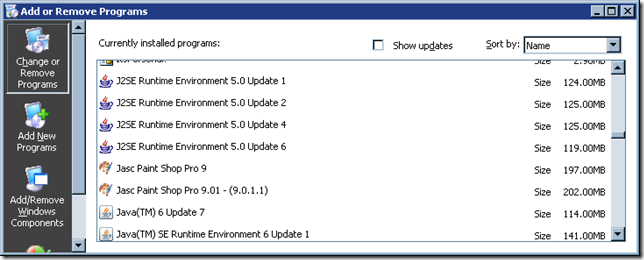Microsoft .NET Framework 4 Platform Update 1 KB2478063 Service Pack 5 Feature Set 3.1 R2 November Edition RTW
Edit on GitHubAs you can see, a new .NET Framework version just came out. Read about it at http://blogs.msdn.com/b/endpoint/archive/2011/04/18/microsoft-net-framework-4-platform-update-1.aspx. Now why does my title not match with the title from the blog post I referenced? Well… How is this going to help people?
For those who don’t see the problem, let me explain… If we get new people on board that are not yet proficient enough in .NET, they all struggle with some concepts. Concepts like: service packs for a development framework. Or better: client profile stuff! Stuff that breaks their code because stuff is missing in there! I feel like this is going the Java road where every version has a billion updates associated with it. That’s not where we want to go, right? The Java side?
As I’m saying: why not make things clear and call these “updates” something like .NET 4.1 or so? Simple major/minor versions. We’re developers, not marketeers. We’re developers, not ITPro who enjoy these strange names to bill yet another upgrade to their customers
How am I going to persuade my manager to move to the next version? Telling him that we now should use “Microsoft .NET Framework 4 Platform Update 1 KB2478063” instead of telling “hey, there’s a new .NET 4! It’s .NET 4.1 and it’s shiny and new!”.
It seems I’m not alone with this thought. Hadi Hariri also blogged about it. And I expect more to follow... If you feel the same: now is the time to stop this madness! I suspect there’s an R2 November Edition coming otherwise…
[Edit @ 14:00] Here's how to use it in NuGet. Seems this thing is actually ".NET 4.0.1" under the hood.
[Edit @ 14:01] And here's another one. And another one.
[Edit] And Scott Hanselman chimes in: www.hanselman.com/.../...oftProductVersioning.aspx
This is an imported post. It was imported from my old blog using an automated tool and may contain formatting errors and/or broken images.



5 responses